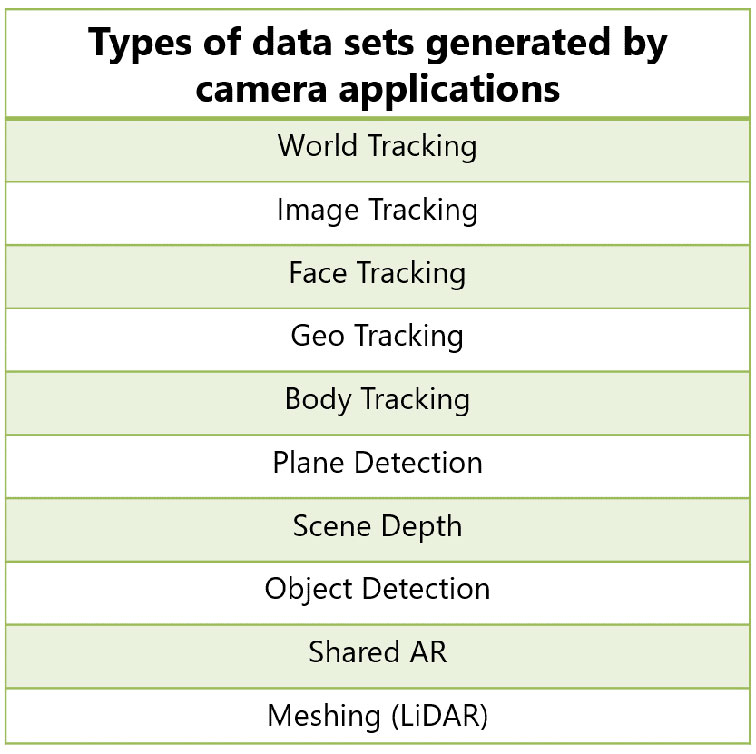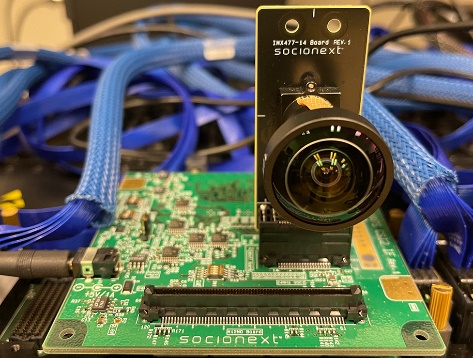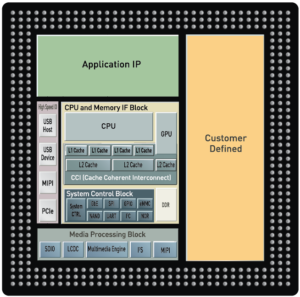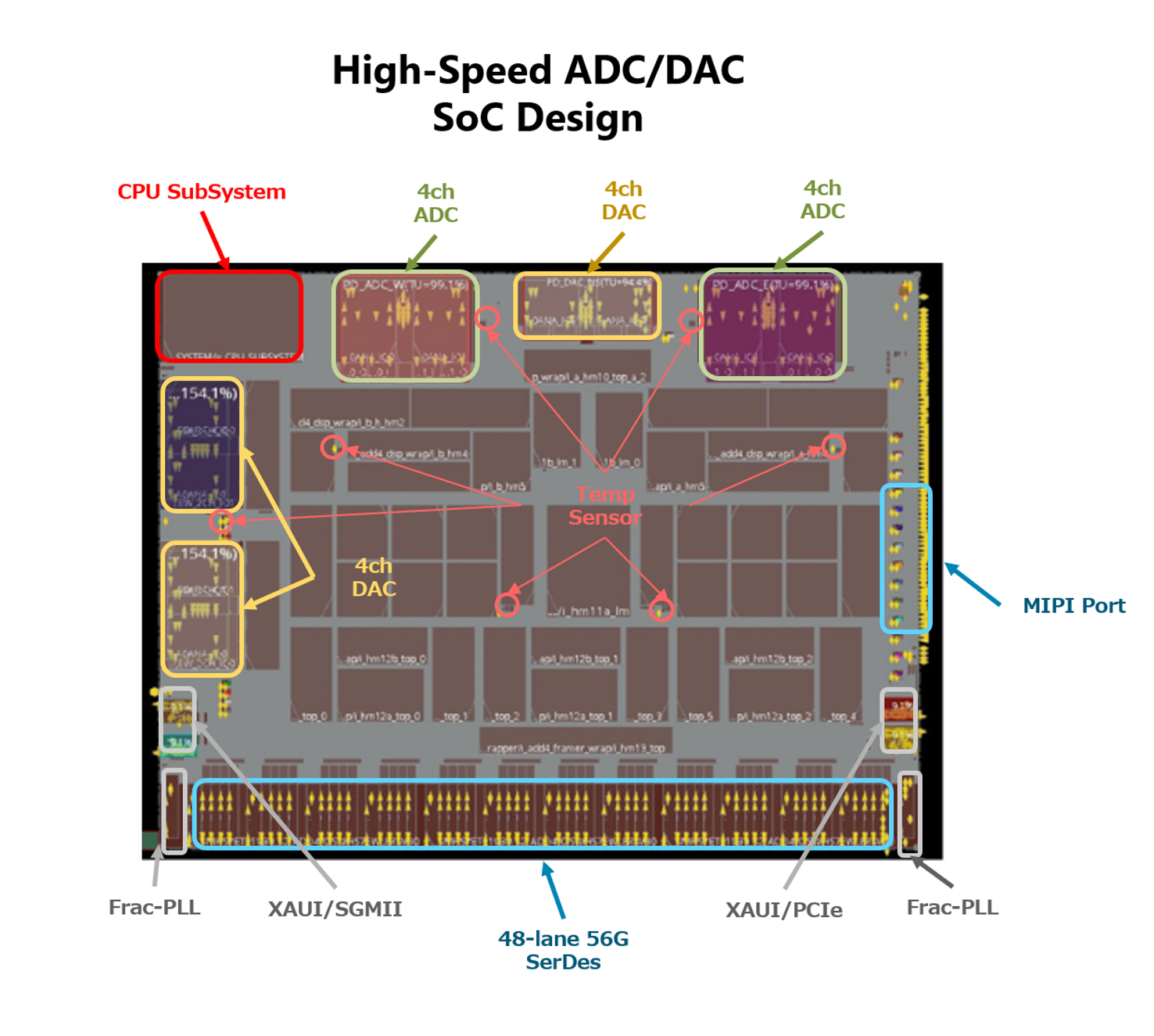Socionext offers leading-edge verification services that help customers mitigate the risks associated with the ASIC and SoC design process. Our team possesses extensive and in-depth expertise in implementing large SoC designs on FPGA prototyping platforms to reduce the bugs, flaws, and failures that can require costly respins and product delays.
Socionext has experience working with various FPGA prototyping platforms, including Synopsys HAPS, Protium, and S2C. We are one of the few companies able to implement an entire SoC on the FPGA platform at the scale necessary for modern design requirements.
In this blog post, we'll look at the benefits of prototyping with FPGAs and why Socionext can help you manage and reduce risks with even the most complex ASIC and SoC designs.
An Overview FPGA Prototyping for SoCs and ASIC Designs
Prototyping ASICs and SoC processors in FPGA reduces the chance of delays and accelerates product time-to-market when used before and after a tapeout. Chip verification is an essential part of the design cycle and needs to work in parallel. Verification can ensure that all parts or functionalities of the chip are working correctly.
Validating the Design with Firmware
Conventional verification techniques like RTL (Register Transfer Level) simulations, gate level simulations, system-level simulation, BIST (Built-in Self-test), DFT (Design for Testability) verification, and others are useful but generally not sufficient for ensuring the success of an SoC.
Conventional RTL simulation can take days or weeks. For example, simulating moving a video input image through various pipelines and analyzing the data before the SoC outputs the processed video or data to an external /IO is a complex testing process. Accelerating this kind of simulation is essential for the successful verification of SoC.
Using a real hardware platform is essential for accurate and thorough functional testing. Examples include testing a camera that outputs video to an external host PC via PCIe or USB, displaying the video on a display device, or sending data to another device using a serial link.
To test that all components connected to the SoC are working correctly, firmware and software development are essential for simulations before the silicon becomes available.
If silicon testing reveals an issue, it is vital to know whether the problem stems from the firmware (FW) or the silicon. Firmware is used to verify silicon and also works as the base layer for developers to create software that serves as the backbone for users.
Testing external hardware components connected to the SoC must also be completed before silicon is available, and this testing must use the physical design. Any issues must be fixed before tapeout. Performance monitoring and measurement of the SoC design with real hardware/data must also come before tapeout. FPGA prototyping of the SoC on a hardware platform provides the vehicle for all these tests.
How the FPGA Prototyping Process Works
Socionext's experienced FPGA team implements the customer's SoC or ASIC design for functional testing and prototyping on an FPGA platform. While the design is in progress, there is a limit to the number of functionalities and basic tests possible. Customers and the SoC partners must therefore work together throughout the design process using the FPGA prototype to write the firmware, test the functions, perform ECO (Engineering Change Order), and retest to ensure that designs are correct and function well. Socionext works closely with each customer to continuously develop the prototyping firmware as they add more features and functionalities.
Socionext's verification service accomplishes two critical tasks simultaneously:
- Using the firmware to verify the functionalities of the design and ensuring the firmware is working correctly.
- The same FPGA Prototype also allows customers to test other product components with the actual design on a hardware FPGA prototyping platform.
Because both activities happen in tandem with the physical design, they help accelerate the design process and eventual time-to-production.
Outline of the general testing process:
- The components required to work with SoCs are connected and tested with an FPGA prototype on a hardware platform.
- The team reprograms the chip design and firmware until the SoC design is final and bug-free before final manufacturing begins.
- Testing on the FPGA hardware platform often reveals performance challenges in the SoC's connected components. In this case, the design team can address these issues by altering component selection, performance testing, and other actions to verify performance before the chip returns from the foundry.
Socionext's FPGA Prototyping and Design Capabilities
Some companies have designs that have millions and billions of gates. Socionext has worked with 200 million, 300 million, and 500 million gate designs. Putting that many gates on a single FPGA for testing is impossible, so Socionext implements these complex designs on boards with multiple FPGAs, each with up to 4 FPGAs and the ability to be stacked. Sometimes 4, 5, or 10 FPGA boards are stacked together to put the entire design on the board to perform firmware testing. This kind of prototyping is very complex, but Socionext has the expertise and experience to deliver it.
In addition to implementing the design on multiple FPGAs, Socionext can partition the design to fit different FPGAs. Although FPGA works much slower than an ASIC would, the speed is sufficient for running tasks like taking videos and capturing network data, sending it to a processing interface for performing certain intermediary decisions delivered to the next chip or patch.
SoCs are generally large and complex, with various types of interfaces which need to be built and tested during this design phase. Mobile device interfaces may include ethernet, SD card, MIPI, HDMI, and others, and these connectors need to be available on the FPGA platform for test verification. As they do not all come from a single prototype platform, Socionext has platform-compatible daughter cards for most standard interfaces. We have also built custom cards that connect to these platforms, including daughter cards acting as interfaces.
Socionext has streamlined FPGA prototyping and flow improvement. Our team can synthesize the designs, load the design on an FPGA and perform functional and performance validation.
Simultaneous development of the firmware on FPGA platforms such as HAPS allows Socionext to provide the same data format to the customer. This means the customer's FPGA boards can load the same data design database and then run the test from their side. Such collaboration enables customers to concentrate on adding more layers or software on top of their designs, while Socionext is building on the initial one or two layers of software. Customers can also do this by using another partner's base design with the first layer or firmware provided by Socionext for building software on top of it.
Example Use Case: How Socionext Enables Testing Video Data for Cameras
Not many FPGA boards on the market can run a camera using a MIPI interface, and Socionext is one of the first to offer such capabilities. There's an increasing demand from customers for this functionality. Socionext provides unique designs that mimic the camera data to generate test variance, which enables our customers to test the entire data path. Socionext also has daughter cards that use the MIPI chip and camera on top of the daughter card so customers can connect the camera using the MIPI chip to a HAPS board.
Additionally, Socionext has developed an in-house test mechanism/generator that can mimic the camera to run the tests, saving customers time. For example, Socionext has devices to generate, collect, and analyze the display of video data for lab testing.


These unique services provided by Socionext enable our customers to simultaneously generate multiple data sets and analytics. Our single-device generator can verify numerous display channels using different kinds of cameras by sending a wide range of video or image file formats to TV, phone, car, and other mobile devices.
Socionext also provides a protocol generator and an analyzer to ensure each interface complies with global standards.
Accelerate Your Next SoC or ASIC Design with Socionext
Socionext's expansive portfolio includes over 900 verified designs and a proven track record of delivering rapid time-to-market, high-volume, leading-edge technologies and processes. Socionext provides services for meeting customers' complex ASIC/SoC design requirements, including firmware development and FPGA prototyping.
Contact us to learn more today.





